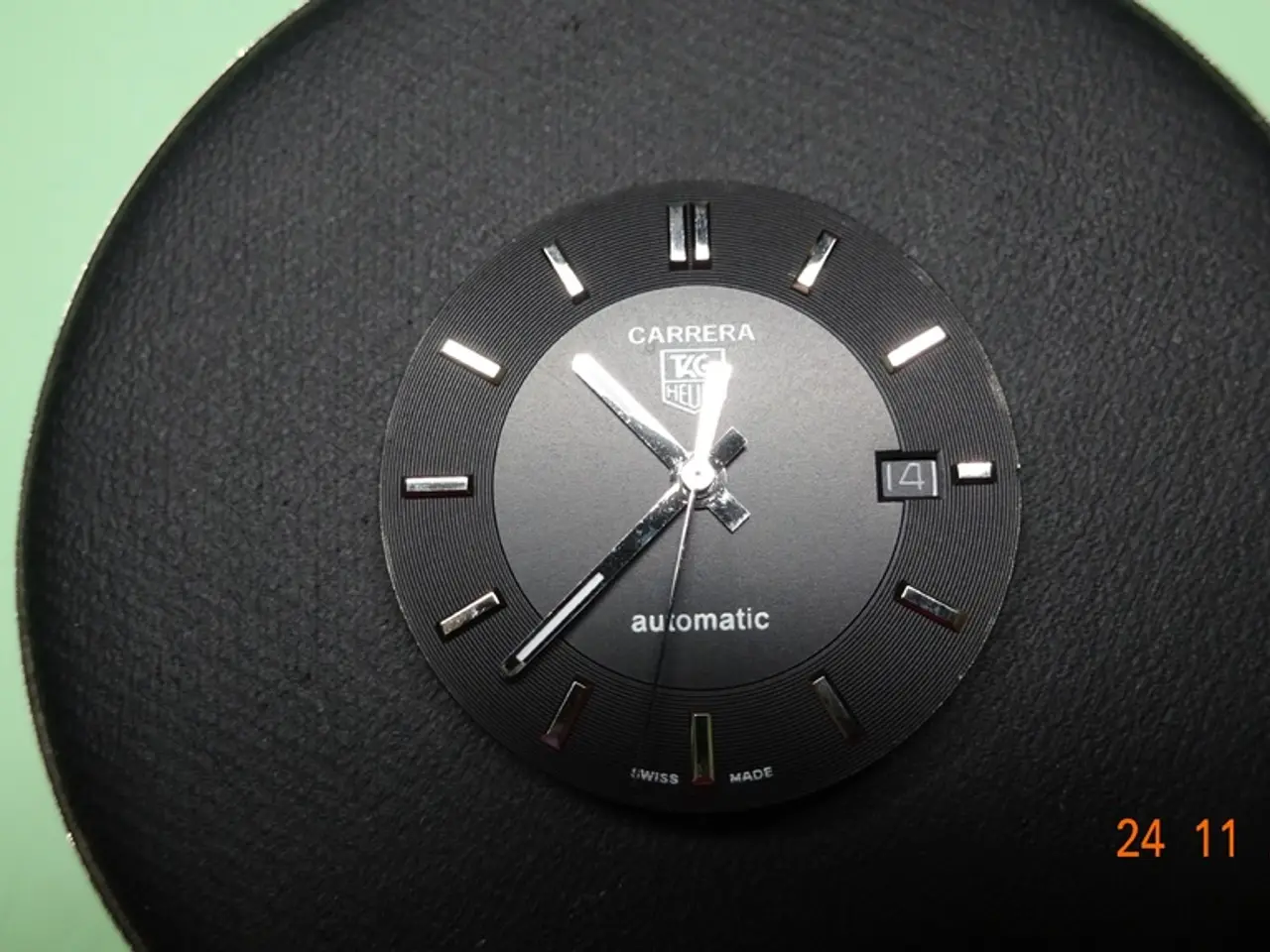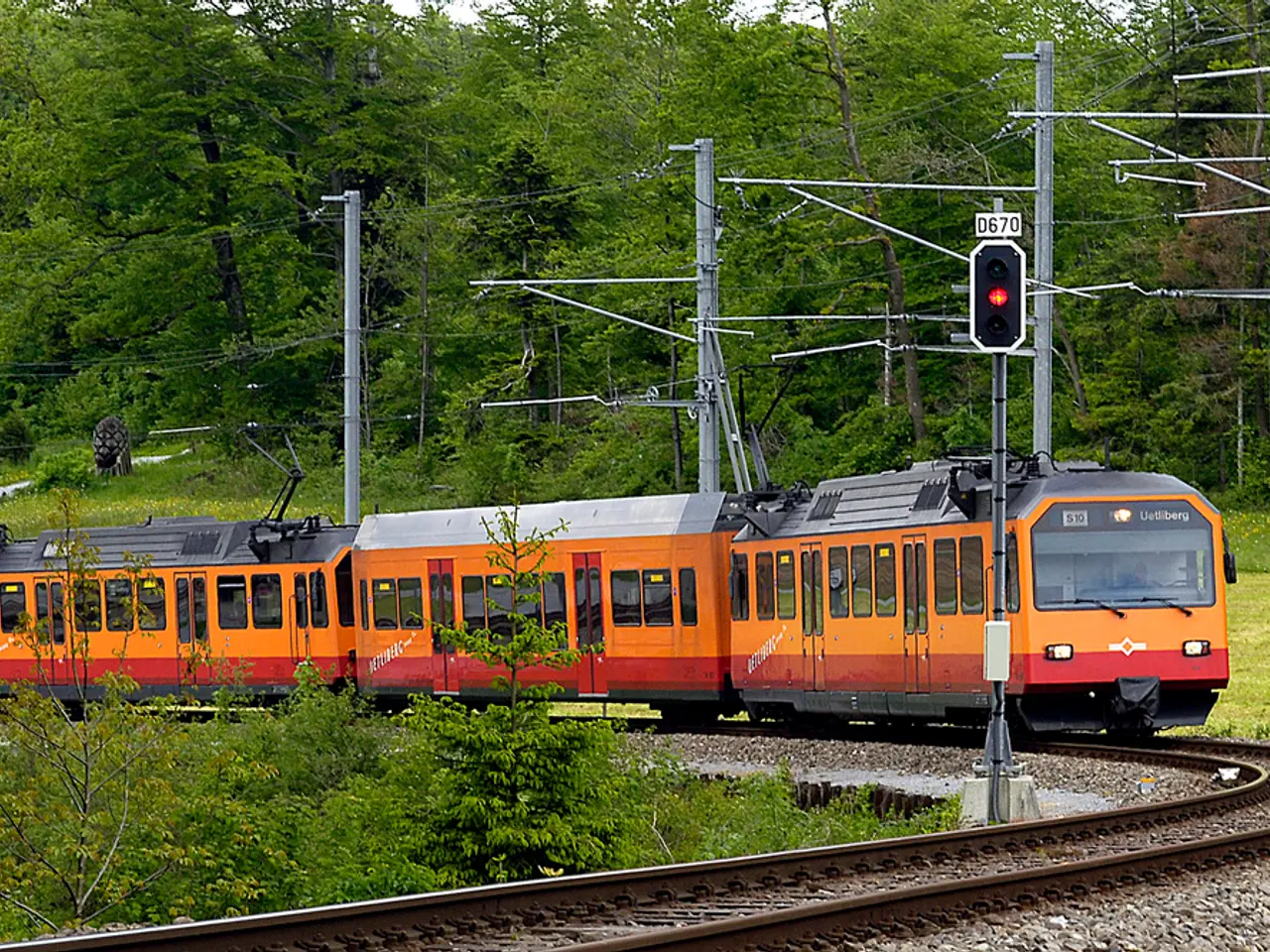Air Conditioning: A Necessity for Homes? An Energy Specialist Weighs In on the Advantages and Disadvantages of Different Options
In the face of rising summer temperatures, air conditioning systems are increasingly being considered for new build homes. With various options available, it's essential to understand the key factors that influence comfort, efficiency, and cost-effectiveness.
When selecting an air conditioning system, energy efficiency, proper sizing, type of system, installation considerations, noise tolerance, and additional features are all crucial aspects to consider.
The Seasonal Energy Efficiency Ratio (SEER) rating indicates how efficiently an AC unit cools relative to the energy it uses. Higher SEER ratings mean better energy efficiency and lower electricity bills over time. Correct sizing based on your home's square footage and insulation ensures the unit effectively cools without cycling too frequently or running ineffectively.
Different AC types—portable, fixed/split systems, and air-to-air—suit different needs depending on space layout, installation feasibility, and budget. Portable units offer flexibility and lower initial costs but compromise on efficiency and noise. Fixed split AC systems provide efficient and quiet cooling tailored for specific rooms with professional installation. Air-to-air systems (central or ductless) offer zoned, efficient cooling suitable for larger homes but come at higher upfront and installation costs.
Structural limitations and whether permanent installation is possible will influence type choice. Some homes may not permit ductwork or exterior units. Noise tolerance is another essential factor, with some systems like split ACs being quieter, making them suitable for bedrooms, while portable and window units tend to be noisier.
Additional features such as programmable timers, smartphone controls, air purification, and dehumidification might be desired based on personal preferences. Brand quality and installer experience are important factors when choosing an air conditioning system.
Air conditioning systems can be controlled via Wi-Fi, smart control, and home automation systems. Some VRF units have 'heat recovery' systems to cool rooms and heat water with the resultant heat. MVHR units, while not primarily air conditioning units, can have a micro compressor and reversible heat pump to add heating or cooling to the incoming air.
In larger properties and commercial buildings, VRF systems can have more than 10 indoor units connected to them. Annual servicing is required for air conditioning systems to check refrigerant levels, filters, and structural integrity. Ducted systems, best installed during a self-build project or major renovation, can direct air to multiple outlets through ducts with individual room control and must be insulated to avoid condensation.
Portable air conditioning units are easy to move and versatile, but they can generate more noise and require window venting. They are becoming more necessary due to the inefficiency of fans in cooling homes. The maximum pipe length between the indoor and outdoor unit, and between the outdoor unit and any indoor unit, should also be considered.
In summary, prioritise choosing a properly sized system with a high SEER rating and the type that fits your home's structural and usage needs to optimise comfort and energy savings.
- Understanding the key factors such as energy efficiency, sizing, system type, installation, noise tolerance, and additional features is important when selecting an air conditioning system for your home.
- The Seasonal Energy Efficiency Ratio (SEER) is a crucial metric, as higher ratings signify better energy efficiency and lower long-term energy costs.
- Proper sizing based on your home's square footage and insulation ensures that the air conditioning unit cools effectively without cycling too frequently or running inefficiently.
- Depending on your space layout, installation feasibility, and budget, different AC types like portable, fixed/split systems, and air-to-air systems will offer various benefits and costs.
- Portable units offer flexibility and low initial costs but compromise on efficiency and noise, while fixed split AC systems provide efficient and quiet cooling with professional installation.
- Air-to-air systems (central or ductless) offer zoned, efficient cooling for larger homes but come at higher upfront and installation costs.
- Structural limitations and permanent installation feasibility will influence the Type choice, as some homes may not allow ductwork or exterior units.
- Noise tolerance is significant, with some systems like split ACs being quieter and suitable for bedrooms, while portable and window units tend to be noisier.
- Additional features like programmable timers, smartphone controls, air purification, and dehumidification might be desired based on personal preferences, and brand quality and installer experience are essential factors when choosing an air conditioning system.




